It’s now been around six weeks since Iran’s “Smart Covid Management” project first got under way. The basic premise was to use an online data processing system, dubbed Omid (Hope), to track vaccination rates across Iran. Implemented in phases, a digital QR code system was meant to give the fully-vaccinated graduated access to government buildings, public transport and other key facilities, with the unvaccinated ordered to remain in quarantine.
Besides pushing the national vaccination rate to toward 100 percent, the project aimed to control the spread of coronavirus in Iran while safely opening up public spaces. But reports on the ground indicate the project has already run into several roadblocks, chiefly due to a lack of digital infrastructure and manpower.
Where Does the Project Stand?
The Smart Covid Management project was initiated on December 12, 2021. Officials announced that it would be implemented in five phases: government offices, urban transportation, businesses, suburban and intercity transportation, and scientific and educational institutions.
On paper at least, most of these phases have now been implemented in various cities. But in practice, citizens report that it’s not being applied as prescribed. Ana, an employee for a state-owned electricity company in the Caspian Sea coastal town of Ramsar, Mazandaran, says although the rate of vaccination in her workplace is “satisfactory” no measures are being taken to stop vaccine-hesitant employees from coming into work.
Ana received her booster shot in mid-January. Even after Phase 1 was formally implemented, she said, “The only thing we have to do to get into the office is greet the guard. Since the project began, not one person has been asked why they’re not wearing a mask, or whether or not they’ve been vaccinated.” Vaccine QR codes at her workplace are a non-entity.
A number of residents of Gilan, Tehran and South Khorasan provinces told IranWire similar stories. The same reports have appeared in Iranian state media. By all accounts, in many parts of Iran the “Smart” project has not been implemented in any tangible way.
Where are the QR Codes?
The Smart Covid Management project was first implemented in Qazvin on a pilot basis in early December. A crucial component of the project was the QR code system, but this is so far noticeable by its absence.
The Health Ministry has acknowledged “problems” in the early rollout of QR codes, of which it says the most important is “communication incompatibilities” between different branches of government and offices, businesses and other venues.
Last week Mohsen Farhadi, deputy chief of the Health Ministry’s Center for Workplace Safety, openly blamed the Iranian Interior Ministry for insufficient progress. He said the Interior Ministry is responsible for streamlining contact between different institutions, and in this respect, it had “failed”.
In addition, Farhadi said, where Health Ministry inspectors have conducted in-person visits to businesses to check compliance, they have had to check physical vaccination cards as the new QR codes and software were nowhere to be found. The “Smart” project was supposed to make physical paperwork unnecessary.
In the face of these claims, Dr. Hamid Suri, head of the National Coronavirus Taskforce’s Health and Prevention Workgroup, told IranWire that the project was still in a “testing phase”. According to him, the “Smart” project will be implemented in Tehran first before being rolled out to other provinces.
“We are going to use smartphones to inspect QR codes in crowded locations to control the movements of individuals,” he said. “Everything necessary to do this is ready and we are waiting for the go-ahead. Tehran Municipality has agreed that this project can be brought in in Greater Tehran first, before it’s extended to other parts of country.” He added that despite the absence of this critical component, the pilot programs in Qazvin province and some other locations had been deemed “satisfactory”.
The only part-implementation of the project in Qazvin has drawn the ire of Manouchehr Habibi, director of Qazvin Coronavirus Taskforce’s headquarters. He criticized the initial foundering of the system, both at government offices and in businesses: “How long do we want the inspectors to be coming and going? How much more time and resource do we have? These people are exhausted. The Chamber of Commerce and the Ministry of Industry must work with trade unions to [fully] implement the project.”
The “Ghasem Soleimani” Project
During an earlier wave of coronavirus infections in Iran, health officials announced the launch of another initiative called the “Ghasem Soleimani Project”. This proposed that the IRIG, the paramilitary Basij, municipal officers and local organizations go door to door in Iran to identify and trace Covid-19 patients, including those who had not presented in hospital. In the end, this costly plan was dropped in favor of “Smart” methods.
Nevertheless, some are reluctant to do away with the name of General Soleimani, an ex-IRGC Quds Force commander who has been lionized by all arms of the Islamic Republic since his assassination in January 2020. Following the second wave of pageantry commemorating Soleimani this month, Tehran Mayor Alireza Zakani said on January 18: “the Smart Covid Management project completes the Martyr Soleimani Project.”
In addition, he said, some coercion of citizens to stick to the rules would be a necessary part of the Smart Covid Management project. “We must use compulsion in certain places. But, of course, this definitely will not apply to the metro system’s entrances.”
Dr. Hamid Suri told IranWire the smart project has also been tested on a “pilot” basis on the metro, but still not at full steam. Further down the line, he also revealed that citizens could be drafted in to help enforce the rules on the ground.
“Among our weaknesses in controlling the pandemic have been issues of monitoring, supervision and evaluation,” he said. “The truth is that we don’t have enough supervisors to cover the whole of the country. Therefore, we’re planning to recruit the people themselves to do this.” He did not explain who exactly might be invited to take part in the rollout, or how.
How Safe is Opening Up Now?
Six weeks after the Smart Covid Management project got under way, there are still serious concerns about the spread of the Omicron variant in Iran and how effective any new measures will be in controlling it. Previous “projects”, from the color-coded alert level system to night-time traffic curfews, were acknowledged by officials of all stripes to have had little effect in curbing infection rates.
Dr. Hamid Suri told IranWire that first and foremost, before considering any further reopenings, officials needed to take stock of the actual situation on the ground. “We must first determine the level of danger in the various cities and regions. The color-coding we did from the beginning was totally wrong and could never give a complete and accurate picture of the Covid-19 pandemic. As a result, we have practically abandoned color-coding.” There are currently no plans for a replacement system, he added.
“The next essential step,” Dr. Suri went on, “is to have a monitoring and assistance system. In schools, for example, we need a system to act quickly to save students’ lives when the pandemic surges. Now that Omicron is surging, these two weaknesses has made us at the taskforce worried about the reopenings, especially in the case of schools.”
Iran’s coronavirus management schemes have been in a perpetual state of trial-and-error, and some officials still seem unwilling to acknowledge this. “We have not reached a point at which we can prevent all unvaccinated individuals from entering gathering places,” said Dr. Jafar Jandaghi, head of the Health Ministry’s Center for Workplace Safety, on January 18. But he went on to say the Ministry would be asking all government organizations to explain why they had been slow in stopping the unvaccinated from coming into work.
Official Coronavirus Statistics
According to the Health Ministry’s weekly statistics, a total of 150 patients are known to have lost their lives to Covid-19 in the week ending January 20. With 31 deaths, January 16 had the highest officially-recorded number of fatalities for the week.

At the week’s end, 1,247 Covid-19 patients in Iran were being treated in ICUs. According to the Health Ministry, at the time of writing the total number of vaccine doses injected had reached 127,687,808.
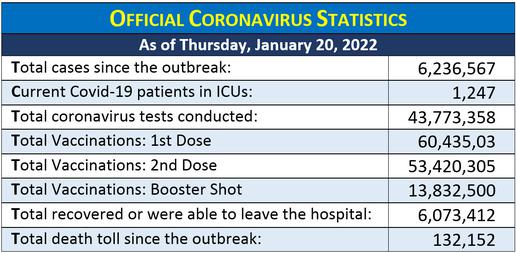
Related coverage:
Iranian Officials Promote Disinformation About Hybrid Covid-Flu 'Super-Virus'
Ahvaz and Qom Hit by Spike in Omicron Cases
Vaccine Imports 'Banned' in Iran, Drug Administration Boss Claims
Health Minister Blames Iran's Early Vaccine Crisis on 'Political Pressure'
Iran Struggles to Record Omicron Cases Amid Dearth of Test Kits
Iran's Ambassador to Yemen Dies of Coronavirus
Iran's New 'Smart' Project Proposes Vaccine QR Codes for Offices and Supermarkets
Omicron Fears as Covid-19 on the Rise in Iranian Schools
visit the accountability section
In this section of Iran Wire, you can contact the officials and launch your campaign for various problems




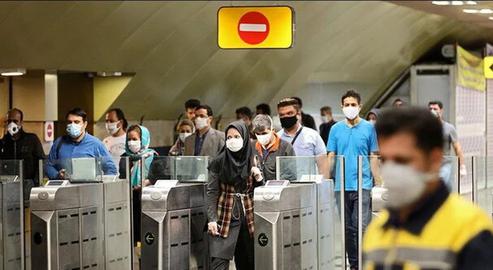

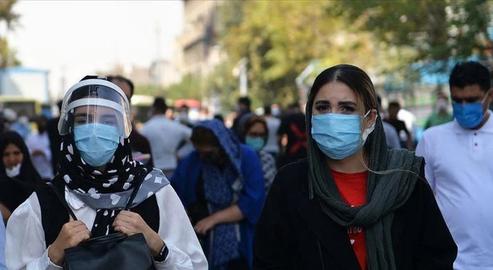
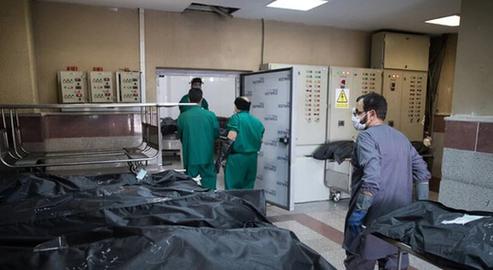

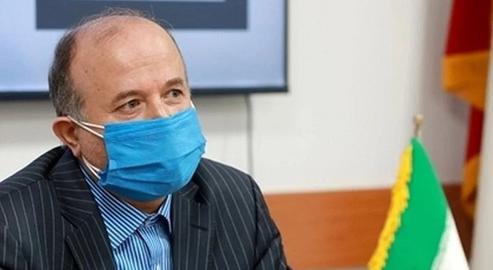
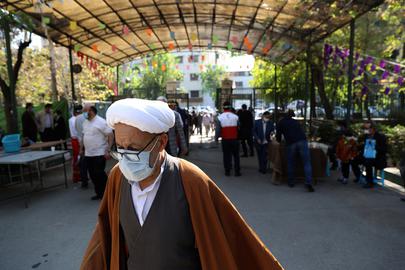

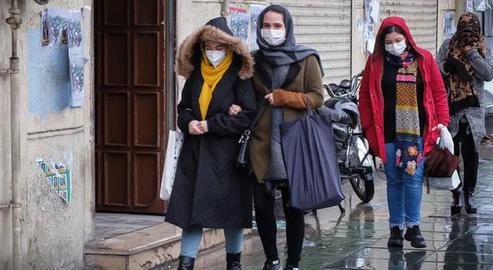

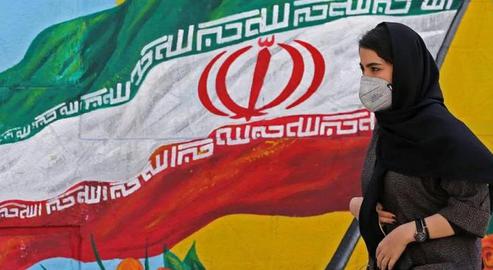
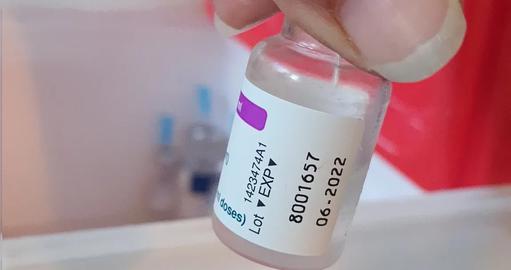

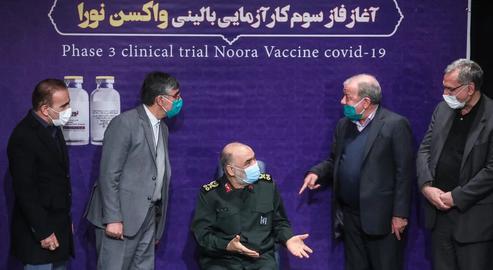
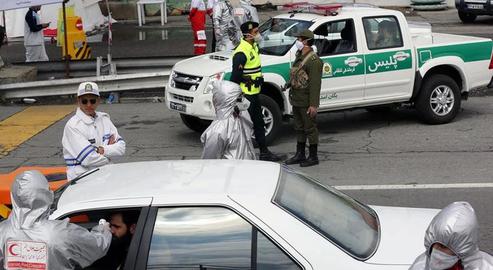


comments